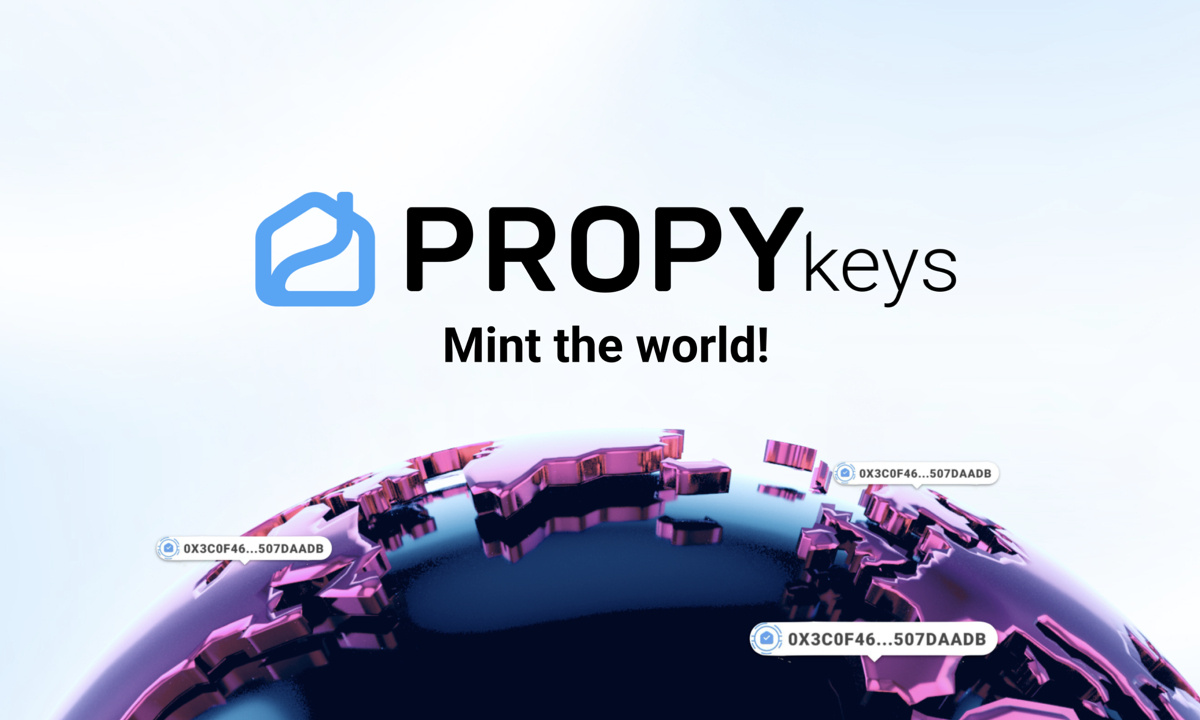Table of Contents
- Fiat Lending and Crypto Lending: Defi Innovation at Work
- Opportunity with Crypto Lending Systems
- Crypto Lending Strategies
- Crypto Lending Logistics
The process of crypto lending is starting to contribute to the decentralized finance world in some pretty central ways.
Many beginners are not familiar with the concept of cryptocurrency lending and don't understand some of the major differences from fiat lending systems, along with the big benefits of crypto lending systems for a range of investors and other parties.
Here are some of the main points of how crypto lending has evolved, and what it offers in today's financial world.
Fiat Lending and Crypto Lending: Defi Innovation at Work
In the fiat lending world, particularly in American and European systems, interest rates are extremely low, mainly due to interventions by central banks.
For years, it has been difficult to glean any substantial interest from invested capital without taking major risks.
For example, while current federal deposit banking account interest rates net American depositors less than a fraction of a percentage point, new crypto lending initiatives can provide those who are staking crypto assets with numbers like 10%, mostly unheard of in the fiat market. Platforms like Cred are advancing these types of “flat interest crypto” systems, with real yields for asset holders who pledge crypto into these platforms.
One of the reasons for this is the decentralized nature of crypto assets and the frictionless transactions that apply. Without the need for central banking verification, many of the traditional costs are eliminated. There are still gas fees and other fees charged by cryptocurrency platforms and brokers, but there is a range of new potential gains as well.
Opportunity with Crypto Lending Systems
Another thing to understand is that the crypto lending market is different from fiat lending markets in the potential of capital to work overtime.
Many of these credit platforms are able to offer high-interest rates because they take the lender’s Bitcoin, Ethereum, or other cryptocurrency and use it in a given context. Right now, some of the major uses of crypto involve:
- Online gaming
- Market investments
- Capital reserves
- Media of payment
- NFT markets
All of these combined to form a lucrative marketplace where staked capital can earn value.
Crypto Lending Strategies
Many crypto holders are investors who have profited from changes in cryptocurrency per-coin values, but they’re also looking for arbitrage and lossless farming with their idle crypto funds.
The best new lending systems accomplish this with tools like liquidity aggregators, crypto credit rating systems, and intuitive platforms for trading cryptocurrencies.
Some companies, like Soda, go one step further with on-chain data analysis. Soda’s solution in particular, a “Sol ID to consumer credit rating system” provides transparency for a crypto holder’s creditworthiness in this new market where traditional credit rating systems don't apply.
All of this informs how crypto lending happens, and the context in which it happens. Simply put, people with these new assets can find new ways to make their money work for them during a given time frame. Again, these lending interest rates (from practices like staking and farming) are high above what people could get in a traditional fiat market unless they are purchasing very risky assets.
Crypto Lending Logistics
Typically, a staker pledges crypto into a system that joins crypto to market values in some greater or broader way. A common practice is to use a stablecoin, a type of cryptocurrency that is pegged to a fiat currency value. It’s important to be careful, though, due to some regulatory abstraction around crypto and stablecoins in particular. Some finance agencies, like the U.S. Securities and Exchange Commission, have created significant obstacles for numerous companies seeking to offer crypto lending solutions, and subsequently, more than a few applicants have dropped plans to roll out these programs. Critics cite flash loan issues and rug pulls as downsides in this new market. All of that has a chilling effect, but in general, innovation in crypto trading and lending continues worldwide, partly because of the ease of moving value internationally, and the resulting “leveling” facilitated by DeFi globally.
Think about the future applications of crypto lending to our financial system, and you'll see one of the biggest reasons why people are not talking about cryptocurrencies “going away” anytime soon. In fact, new on-ramps are quickly integrating cryptocurrencies like Bitcoin, Ethereum, Cardano, Litecoin, BSV, and others into our global markets.
Disclaimer: This article is provided for informational purposes only. It is not offered or intended to be used as legal, tax, investment, financial, or other advice.
Investment Disclaimer














